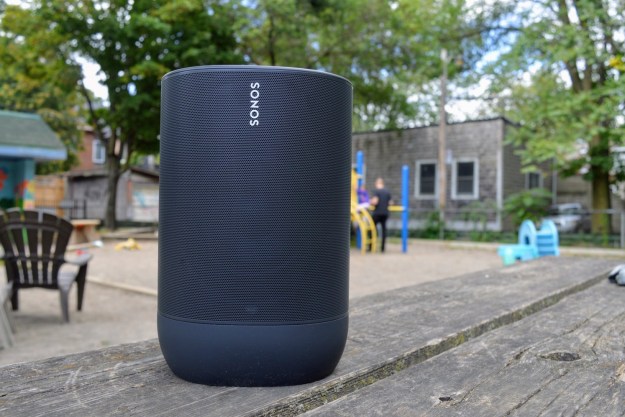Wondering what kind of operating system you would use in a post-apocalyptic world after the collapse of society might sound like kind of a low priority. But that’s because you’re not actually in the situation and don’t have to worry about how humankind can make a go of it in Earth’s darkest hour yet. This is where Collapse OS, a new Z80 processor-based open-source operating system being developed by software developer Virgil Dupras, comes into play.
“I expect our global supply chain to collapse before we reach 2030,” Dupras wrote on his website. “With this collapse, we won’t be able to produce most of our electronics because it depends on a very complex supply chain that we won’t be able to achieve again for decades (ever?).”

The kind of rapid technological progress we have in today’s world wouldn’t be possible in Dupras’ scenario. But electronics would still be an immensely important tool. To give human survivors a chance, Collapse OS is a “post-collapse” operating system designed to be run on minimal and improvised machines. It can be used to edit text files, compile assembler source files for a wide range of MCUs and CPUs, and read and write from a wide range of storage devices. According to Dupras, it could even theoretically run on a Sega Genesis console.
As the project website notes: “The goal of this project is to be as self-contained as possible. With a copy of this project, a capable and creative person should be able to manage to build and install Collapse OS without external resources (i.e. internet) on a machine of her design, built from scavenged parts with low-tech tools.”
Whether society ever needs Collapse OS remains to be seen. But it’s a pretty darn intriguing idea. The project is currently available to check out on Github, and Dupras is welcoming contributors. Of course, as he notes, the project is only relevant if society’s collapse takes place within certain parameters. A “weak” collapse may not be enough to require something like Collapse OS. Meanwhile, a big enough collapse would render it less than useful. But a collapse that, as per Goldilocks and the Three Bears, is just right? That’s when we’ll need Collapse OS.
Editors' Recommendations
- Possible Windows 12 hardware system requirements revealed
- More PCs are running Windows XP than Windows 11
- If you’ve got a OnePlus 9 phone, you can try the open beta of OxygenOS 12 now
- The history of Windows: How the OS has changed over time
- Roku OS 9.3 update aimed at helping viewers find content quicker


